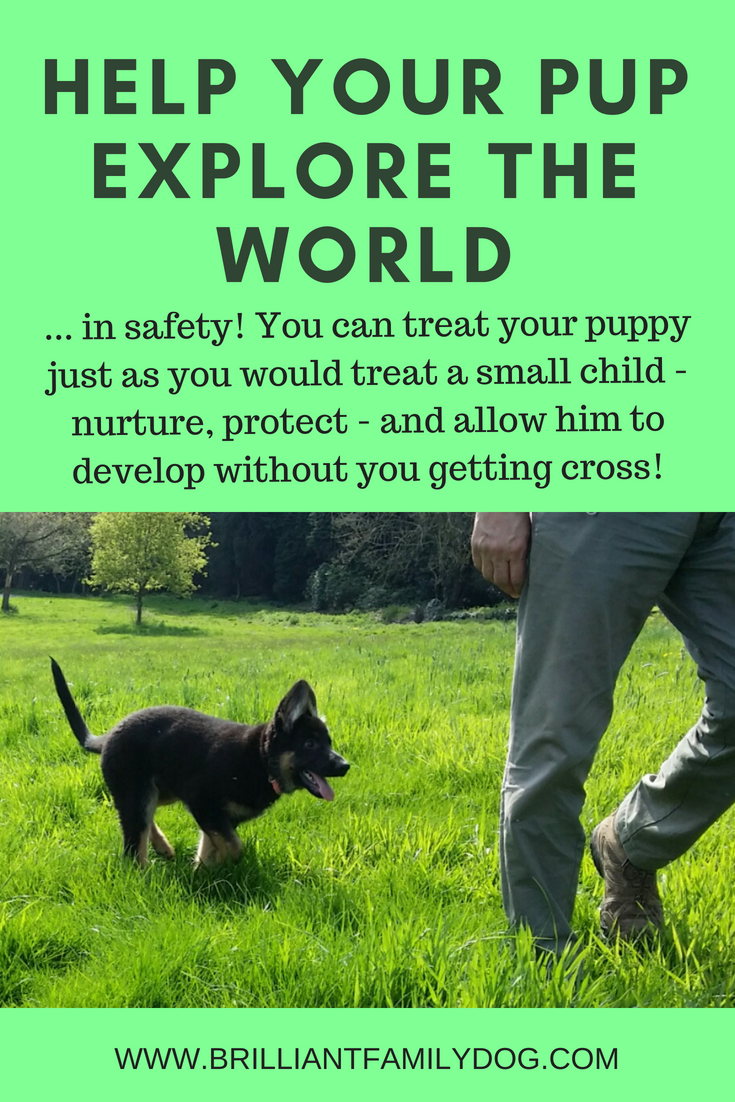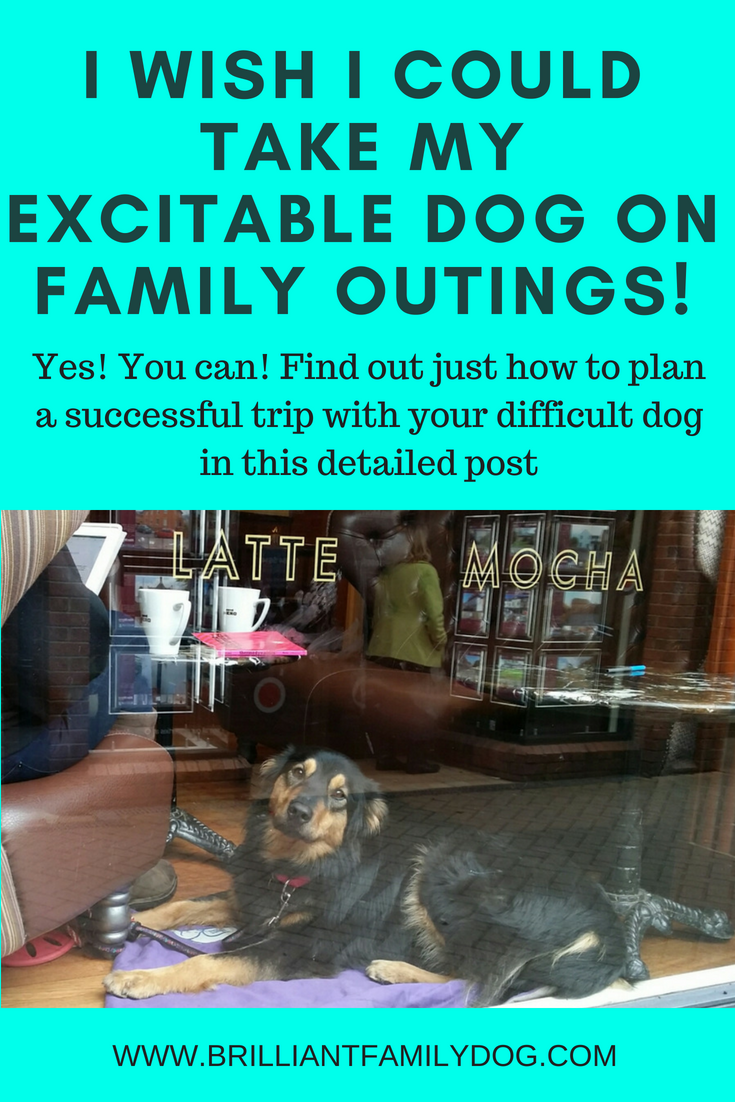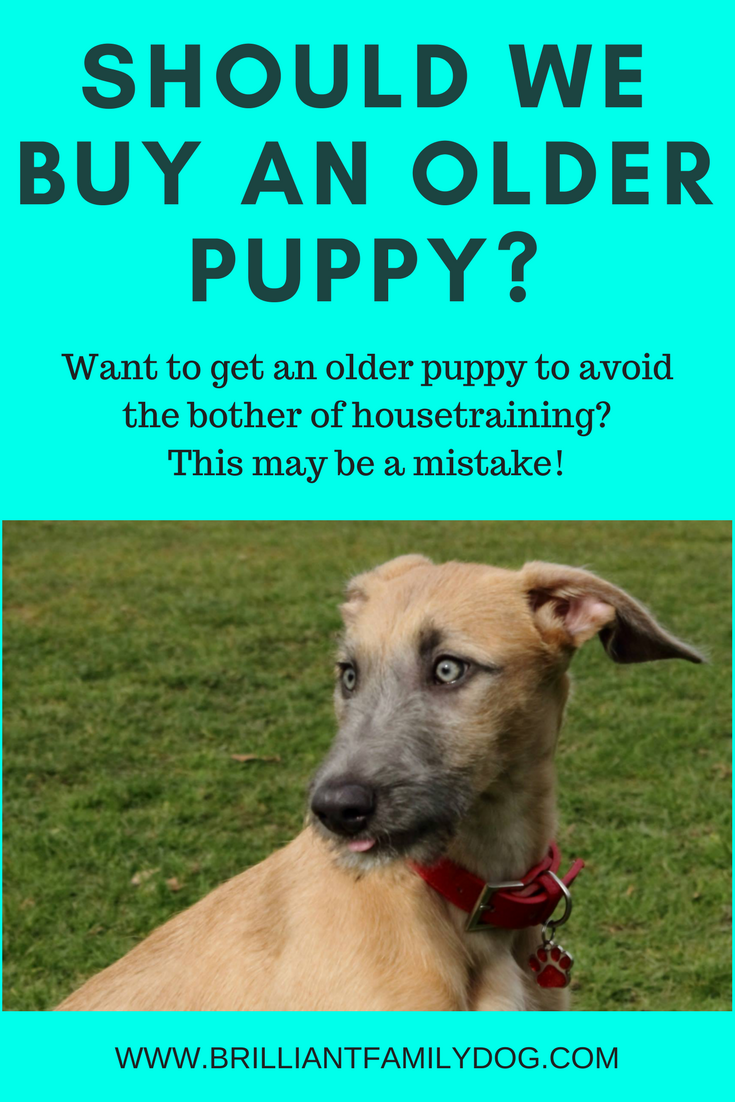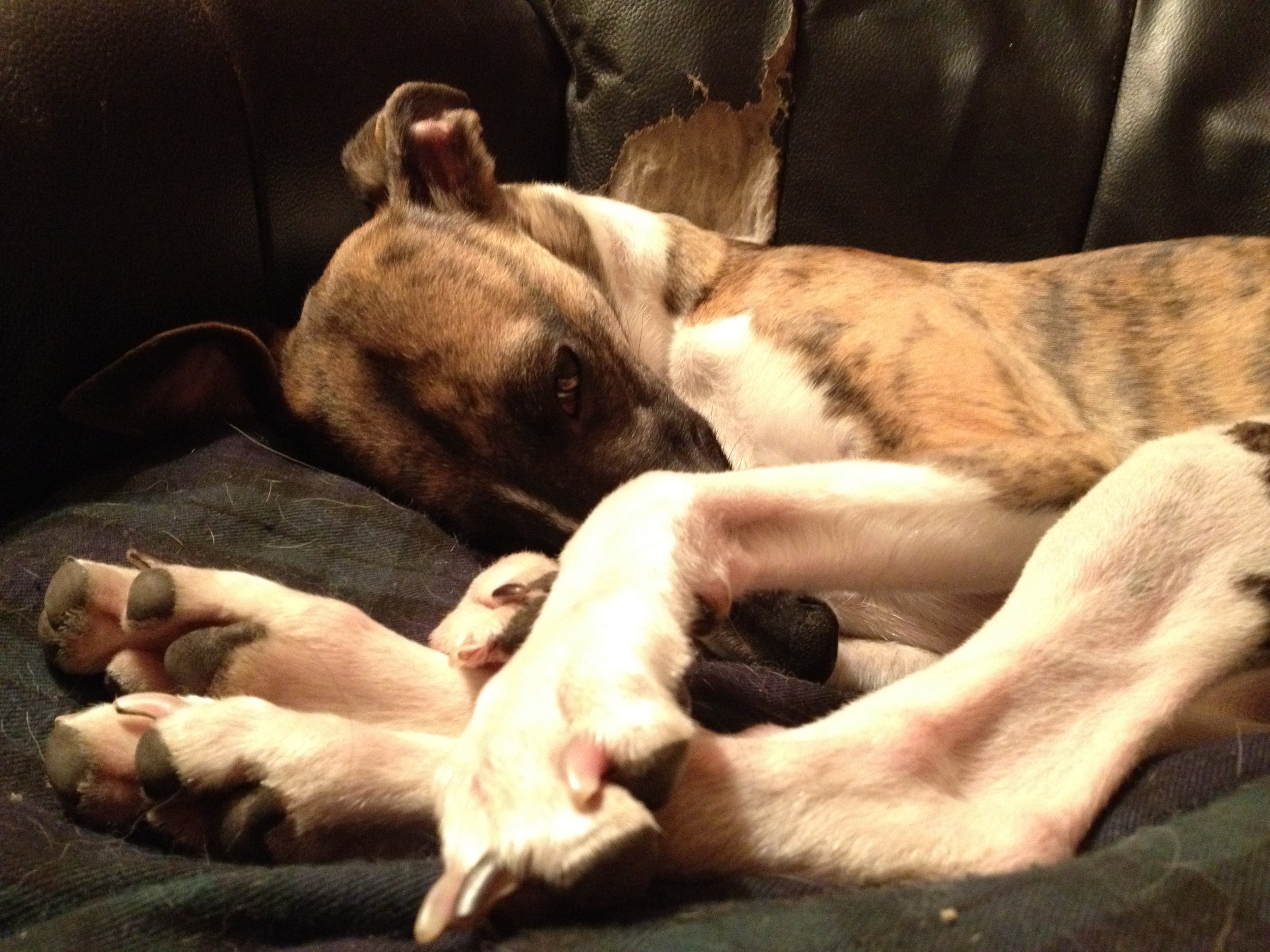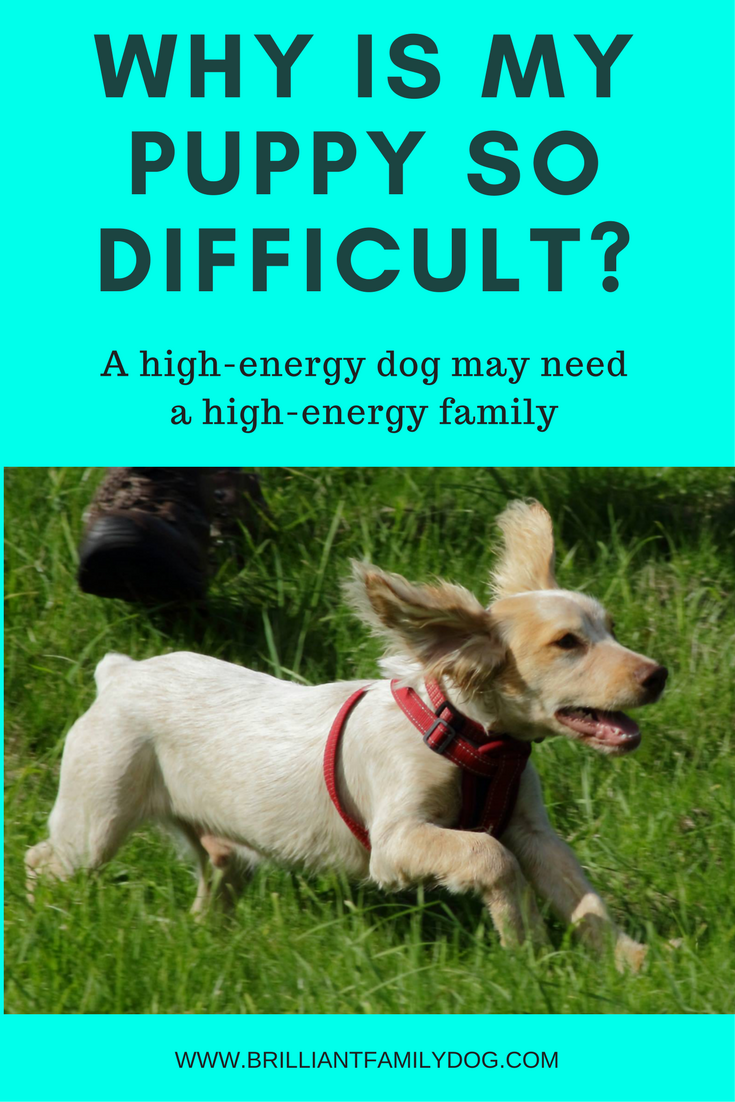“Why are you carrying that lump of a child the whole time?” the woman asked of my friend Jessica. “He must be two if he’s a day. Where’s his pushchair?”
Jessica blushed and struggled on, hoisting her well-built two-year-old son onto her hip. She didn’t want to have to answer this sensible question. She was exhausted carrying the wriggly heavy child for hours, but she was under the thumb of her partner, who had decreed that no child of his would be put in a pushchair, and that his mother had to carry him whenever he could not walk. Apart from wearing out his mother who had no free hands for anything else, this prevented the child from interacting with his world without parental pressure. It blocked the path of discovery, self-awareness, confidence.
This madness extended to the home, where the boy was not allowed to sleep in a cot.
The result? Midnight mayhem. Whenever he awoke, Basil would - naturally enough - slide out of bed and start wandering. Naps were impossible if Basil decided he wasn’t sleepy enough. Result: unrested and overtired child - and all parents freeze with apprehension at the thought of that!
It’s hard enough bringing up a toddler, without both hands being tied behind your back.
Most parents would consider these attitudes lunacy - the result of Jessica’s spouse’s bullying.
So why do people do the exact same thing with their dog?!
I’m always surprised when I come across resistance to using a crate for a dog.
Using a crate for a dog is just the same as using a cot for a child.
There’s no question of punishment. The crate is his bed, his own space; it has plenty of toys and chews in it; all meals are fed in it; stuffed food toys are given in it. It’s a haven where he’s safe from other dogs, cats, children, the world. All he has to do in it is r-e-l-a-x.
Here you see Coco Poodle relaxing in his much-loved crate. It even has a handle for him to pull to open it when he wants to go in for a break.
You should always know exactly where your dog is. If you ask him to go in his crate when you go out, you’ll know that when you come back you’ll be greeted by a smiling, stretching, cool, rested puppy, with no chewed cables or furniture, no upturned bin, and no pee on the floor. Your pleasure at seeing each other will be genuine and untrammelled by recrimination, bad temper, and frustration.
Leaving him loose to entertain himself in the house instead of getting his valuable shut-eye, will make you bad-tempered and cross, and your puppy will have NO idea what he’s done wrong - just that you don’t like him and you may be dangerous. This is not the way to create an unbreakable bond with your dog!
So why would you resist this simple solution to so many aggravations?
Don’t labour on like Jessica did, making housetraining, chewing, and life in general much, much harder. Use the tools that are available to you, just as most parents do with their small children.
More info on how to crate-train happily here
